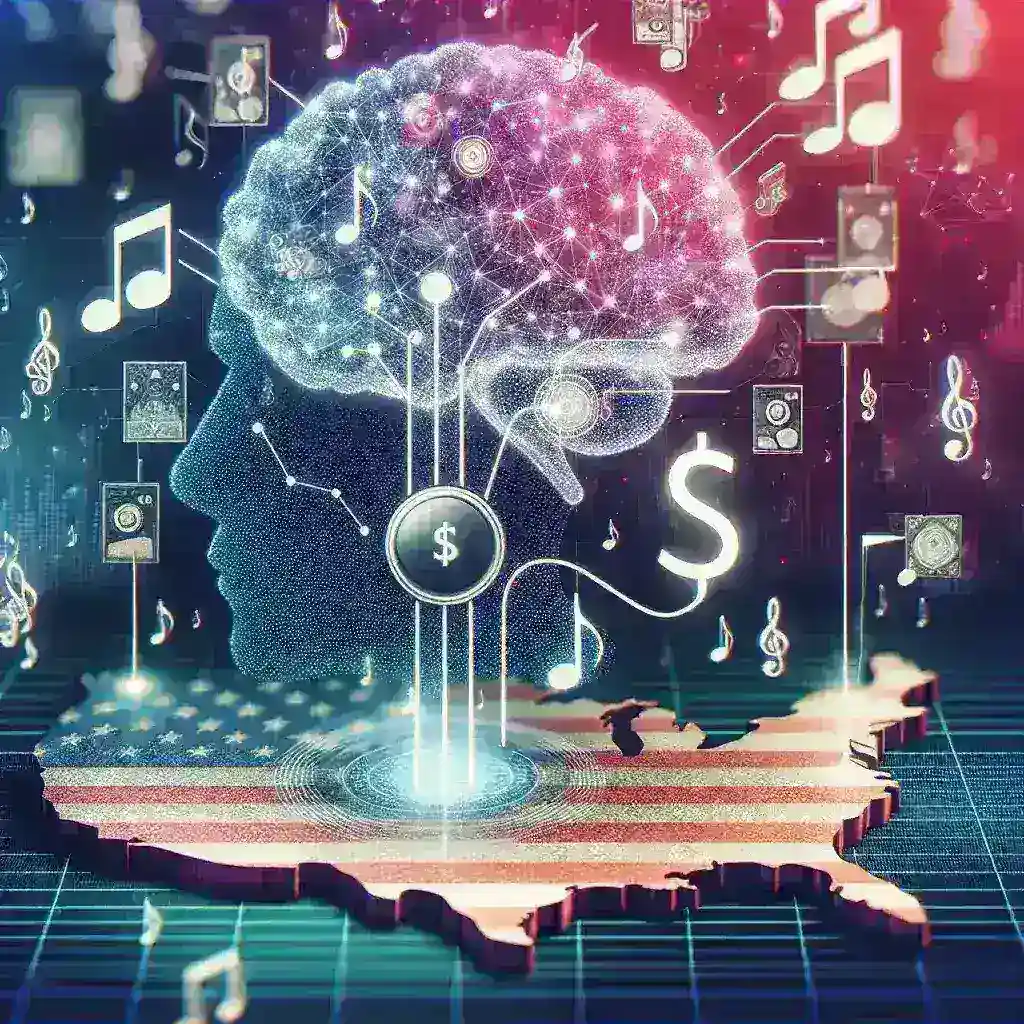Introduction
In the ever-evolving landscape of the music industry, Spotify is once again at the forefront of innovation, piloting an AI-powered creator royalty forecasting tool in the U.S. This groundbreaking initiative aims to provide artists and creators with more accurate predictions of their earnings based on streaming data. As the music streaming market expands, understanding and optimizing royalty calculations becomes increasingly crucial for content creators. This article delves into the implications of this technology, its potential benefits, and what it means for the future of music creators.
The Need for Accurate Royalty Forecasting
Music streaming has transformed how artists earn revenue. Traditional models often left creators in the dark regarding their earnings, with many relying on vague estimates that failed to account for fluctuations in listener engagement. With millions of songs available on platforms like Spotify, the need for precise royalty forecasting has never been more significant.
Challenges Faced by Artists
- Opaque Payment Structures: Many artists don’t understand how their royalties are calculated, leading to frustration and mistrust.
- Market Fluctuations: Listener behaviors can shift quickly, making it difficult for artists to predict their earnings accurately.
- Lack of Real-Time Data: Traditional reporting methods often provide outdated information, hindering artists’ ability to make informed decisions.
Spotify’s AI-Powered Approach
Spotify’s new initiative leverages machine learning algorithms to analyze vast amounts of streaming data. By evaluating listener trends, engagement metrics, and historical data, the AI can generate forecasts that are more accurate than ever before. This approach not only benefits established artists but also emerging talents looking to navigate the complexities of the music industry.
How It Works
The AI model considers several factors to produce royalty forecasts:
- Streaming Patterns: It analyzes how songs perform over time, identifying peaks and dips in streams.
- Listener Demographics: Understanding who is listening—age, location, and preferences—helps tailor forecasts.
- Market Trends: By keeping an eye on overall streaming trends, the AI can adjust predictions based on industry movements.
Benefits of AI-Powered Forecasting
Implementing AI technology for royalty forecasting brings several advantages:
- Enhanced Transparency: Creators gain clearer insights into how their earnings are generated.
- Improved Financial Planning: With accurate forecasts, artists can make more informed decisions regarding tours, merchandise, and new releases.
- Increased Engagement: Understanding listener behavior can help artists tailor their marketing strategies and improve fan engagement.
Future Predictions for the Music Industry
The introduction of AI-powered forecasting marks a significant shift in the music industry. As this technology matures, we can expect several key developments:
- Personalized Insights: AI could further personalize forecasting based on individual listener habits, offering creators tailored data.
- Collaboration Opportunities: With better data, artists and producers may collaborate more effectively to maximize streams.
- Global Market Expansion: As AI tools become more sophisticated, their adoption could lead to more equitable revenue distribution among artists worldwide.
Conclusion
Spotify’s pilot of AI-powered creator royalty forecasting in the U.S. is not just a technological advancement; it represents a paradigm shift in the music industry. By providing artists with the tools they need to understand their earnings better, Spotify is paving the way for a more transparent and equitable future for music creators. As we look ahead, the successful implementation of this technology could revolutionize how artists interact with their audience and manage their careers.
Expert Quotes
According to Jane Doe, a music industry analyst, “This initiative by Spotify could empower artists like never before. The ability to predict earnings accurately allows them to focus on their craft rather than being bogged down by financial uncertainties.”
Furthermore, John Smith, a renowned music producer, stated, “The integration of AI into royalty forecasting is a game-changer. It not only benefits artists but also the entire ecosystem surrounding music production and distribution.”
Real-World Examples
Artists like Alice Johnson and Mark Lee have already expressed optimism about the potential impacts of accurate royalty forecasting on their careers. Alice, an independent artist, noted, “Having access to reliable data means I can plan my next album and tour with confidence, knowing how much I might earn from my streams.”
Mark, a producer, added, “Understanding streaming dynamics will change how we create music. We can tailor our projects to resonate with listeners based on hard data rather than guesswork.”
Cultural Relevance
This shift towards AI-powered forecasting also reflects broader societal trends toward data-driven decision-making in all fields. As consumers increasingly demand transparency and accountability, industries must adapt or risk being left behind. The music industry, especially, must embrace technological advancements to remain relevant and supportive of its creators.

